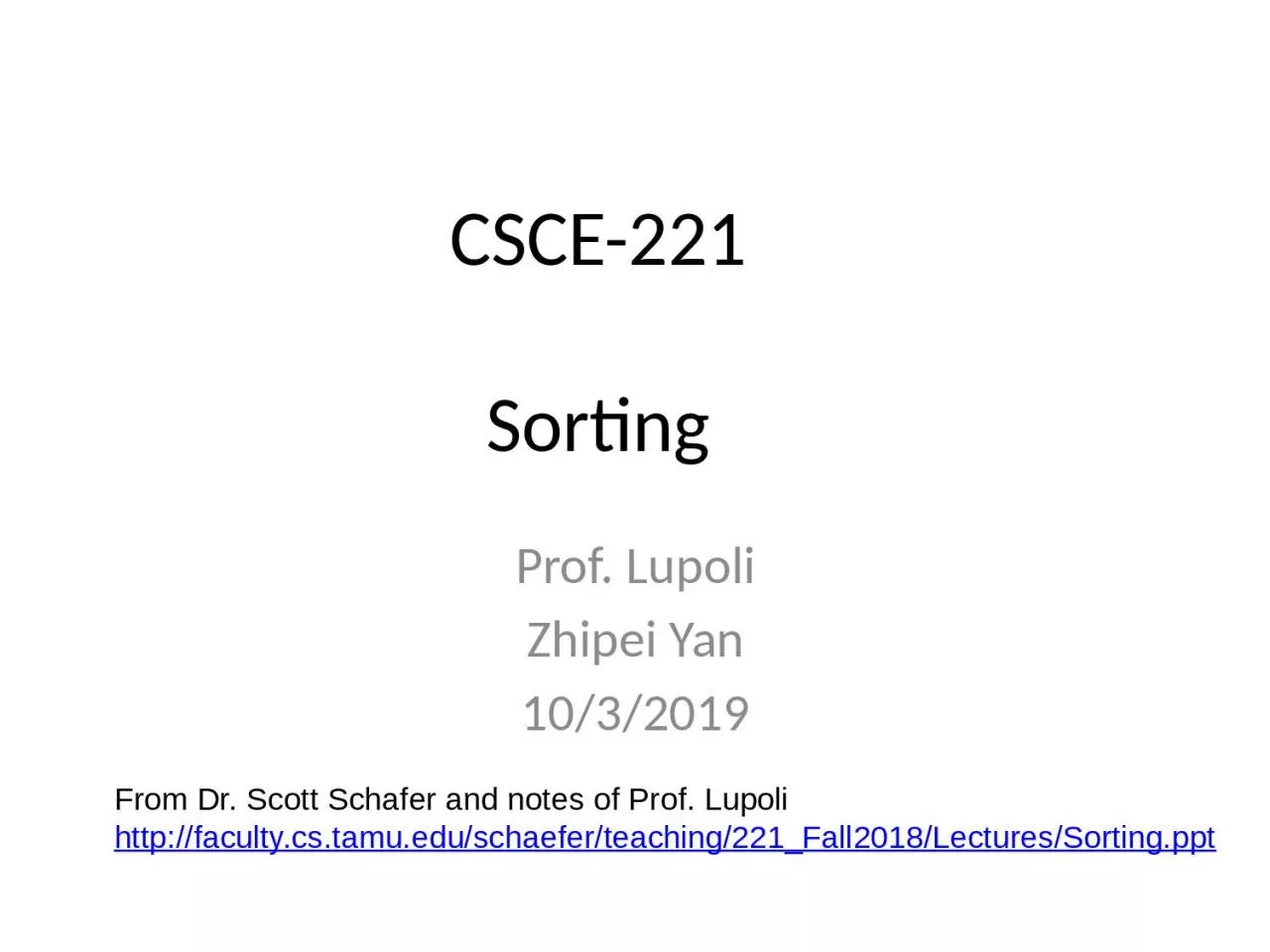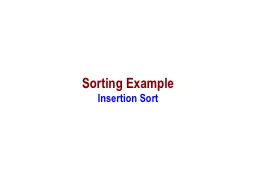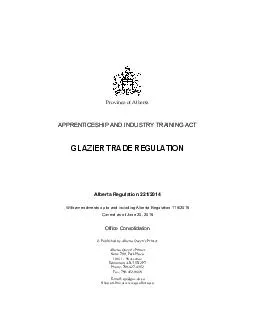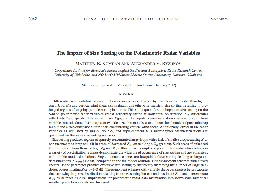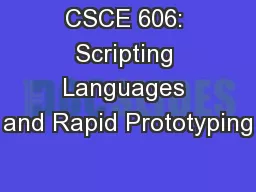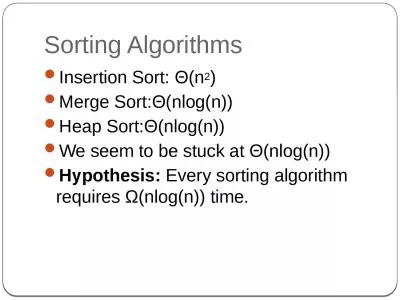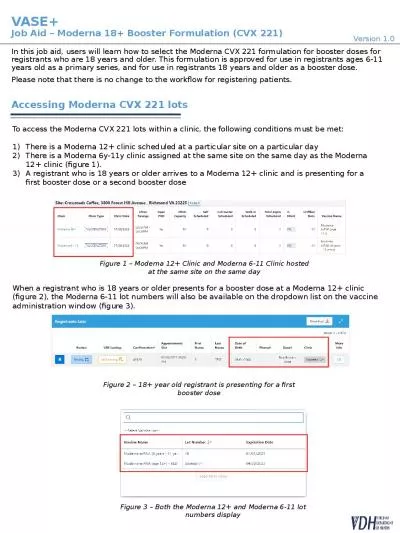PPT-CSCE-221 Sorting Prof. Lupoli
Author : eleanor | Published Date : 2023-10-30
Zhipei Yan 1032019 From Dr Scott Schafer and notes of Prof Lupoli httpfacultycstamueduschaeferteaching221Fall2018LecturesSortingppt Outline Bubble Sort Insertion
Presentation Embed Code
Download Presentation
Download Presentation The PPT/PDF document "CSCE-221 Sorting Prof. Lupoli" is the property of its rightful owner. Permission is granted to download and print the materials on this website for personal, non-commercial use only, and to display it on your personal computer provided you do not modify the materials and that you retain all copyright notices contained in the materials. By downloading content from our website, you accept the terms of this agreement.
CSCE-221 Sorting Prof. Lupoli: Transcript
Download Rules Of Document
"CSCE-221 Sorting Prof. Lupoli"The content belongs to its owner. You may download and print it for personal use, without modification, and keep all copyright notices. By downloading, you agree to these terms.
Related Documents

